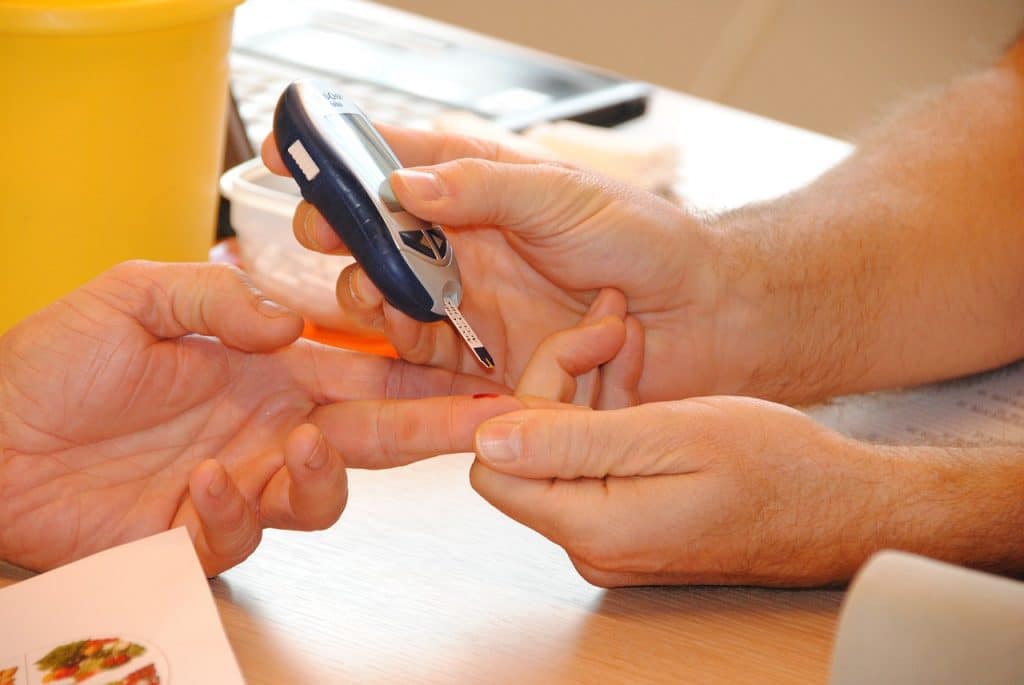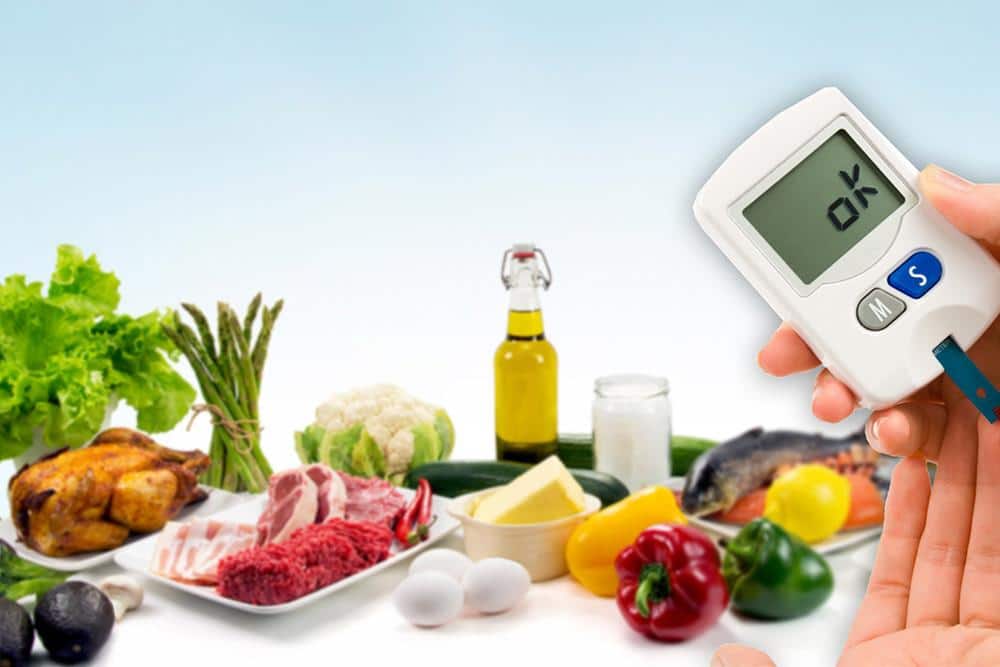What’s going on, my fellow pre-diabetics?
I wish I could say I’m just kidding, but for some of you, that’s true!
We all need insulin to keep going, but many people are resistant to this hormone, which makes your body grow older faster than it should, putting you at risk for diabetes and other not-so-great conditions. Every time you eat something high in sugar, carbs and grains, your blood glucose levels shoot up faster than a rocket.
The good news is that this common problem is something you can still fix. Just try these eight tips to optimize your blood sugar levels.
Time your meals better
Compressing your eating window, or intermittent fasting, is a recognized approach to lose weight and reduce your risk of conditions such as diabetes, according to Harvard Health Publishing (https://www.health.harvard.edu/blog/intermittent-fasting-surprising-update-2018062914156).
There are many different fasting protocols to choose from. One popular format is eating all meals within a window of six hours, and fasting for the other 18 hours.
Monitor your blood sugar
Pre-diabetes is medically defined as having a blood sugar level between 100 and 125 mg/d while fasting. With this number in mind, you can start testing your levels over the course of the day to see what is impacting yours.
Watch your blood ketones
A blood ketone test will tell you if you are in nutritional ketosis, a metabolic state during which your body decides to burn fat instead of carbs as its main fuel source. Once you start your fasting routine, you can see how you’re doing in this area, with a blood ketone level above 0.3 millimoles per liter being the goal.
Limit net carbs until further notice
Along with fasting, you’ll need a cyclical ketogenic diet. Here, you will have to radically limit your carbs and replace them with moderate protein amounts and healthy fats. Keep a food diary so know exactly how many total carbs and net carbs you’re eating each day.
Boost healthy fats
A key part of nutritional ketosis is replacing your lost carbs with healthy fats. Industrially processed vegetable oils, which are often in restaurant and processed foods, are out. Healthy fats include organic ghee, olive oil, coconut oil, coconut, olives, avocados, raw nuts, seeds and egg yolks.
Drink clean water
Stay away from sweetened drinks and opt for organic black coffee, tea and purified water. Everybody’s water needs are different, so consider how thirsty you are, the color of your urine–it should be light and not dark in color–and how often you go. Most people who drink enough water urinate seven to eight times daily, according to Medical News Daily (https://www.medicalnewstoday.com/articles/321461.php).
Eat more seeds and nuts
Seeds and nuts are not just high in healthy fats; they also have magnesium, which people are often deficient in. If you’re lacking this mineral, it can raise your risk of insulin resistance because it plays a part in your glucose and carb metabolism.
Commit to more exercise
Exercise does many things for your body, including helping it manage blood sugar levels better. Strength training in particular has been shown to help the body regulate glucose and reduce blood sugar level spikes after meals.
Don’t wait until you’re forced to do something about your blood sugar–get optimizing today!




